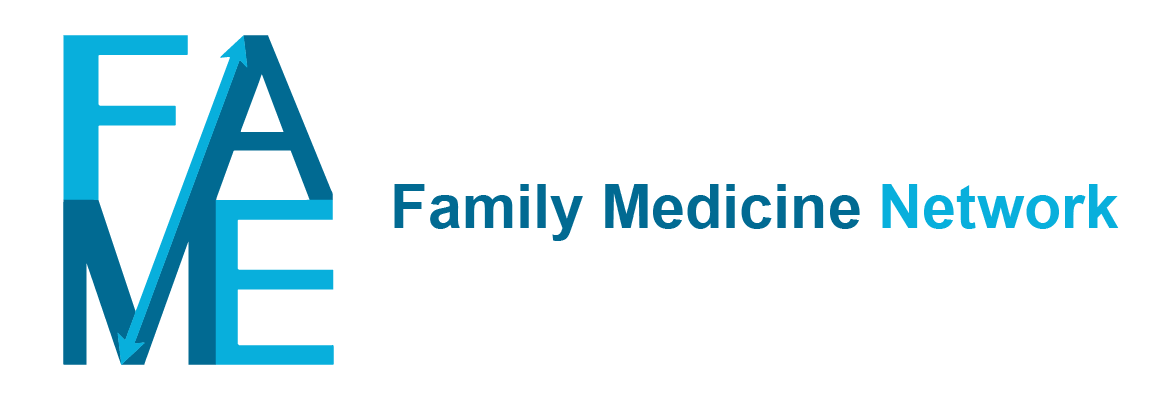Migraine is a neurological disorder involving recurrent unilateral headache attacks. During the attack, a cascade of events progresses over the course of hours to days. The four phases in a typical attack are the prodromal phase, aura, headache and postdromal phase. In the prodromal phase, patients may experience fatigue, decreased functioning or mood fluctuations. The aura is a reversible, focal neurological phenomenon including visual impairments (e.g. scotomas) or unilateral sensibility disturbance (e.g. in the face or a hand). It occurs in a quarter to a third of patients with migraine.
The headache phase generally follows within one hour after the onset of the aura and remains for four to up to 72 hours when untreated. The typical headache is unilateral with a throbbing or pulsatile quality and is moderate to severe in intensity, impeding daily functioning. The headache is usually accompanied by nausea, vomiting, or photoand phonophobia. In some migraine variants, the classical headache lacks. In the postdromal phase, fatigue and concentration problems may persist for up to two days.
The pathophysiologic mechanism of migraine is complex and not yet fully understood. The nervous system becomes disrupted, in part due to neurovascular mechanisms: the headache is caused by the activation of the vascular system around the trigeminal nerve, exciting nerve ends close to meningeal vessels. This process is mediated by a neurotransmitter (CGRP) which can be suppressed with selective serotonin (5HT1) agonists (triptans). In the migraine aura, the process of ‘cortical spreading depression’ causes a depolarisation wave spreading over the cerebral cortex, temporarily impeding brain activity. After a short hyperaemic phase, a longer phase with reduced speed of blood flow follows, probably causing the neurologic symptoms. In patients with migraine with aura persisting for more than an hour, this phase may, in rare cases, be complicated by migrainous infarction visible on neuroimaging.
Migraine is associated with an increased risk of cardiovascular disease, especially cerebrovascular accident. The risk is highest in migraine with aura, but migraine without aura also presents an increased risk of cardiovascular disease. Several factors are mentioned as potential triggers to a migraine attack, for example, fasting and sleep deprivation, but the literature is inconsistent. Most women with migraine notice an association between their menstruation and migraine, with attacks occurring more frequently, or solely, during menstruation.
The diagnosis is generally made by the GP after careful history taking. Diagnostic testing to confirm the diagnosis is not available. In secondary care, neuroimaging is sometimes performed to exclude other diagnoses, such as subarachnoid haemorrhage, cerebrovascular accident, intracranial aneurysm or brain tumour.
Migraine attacks are best managed by resting. It is advised to discuss the cardiovascular risk upon diagnosis and around the age of 40. Advice appropriate to the cardiovascular risk should be given, including ‘stop smoking’ advice if applicable. Migraine is a contra-indication for the contraceptive pill because of the increased cardiovascular risk.
Migraine attacks can be treated with paracetamol, NSAIDs, triptans, or combinations thereof, and with anti-emetics when needed. Betablockers, candesartan or amitripytiline can be used to prevent attacks.
Migraine is recorded with the ICPC-2 code N89.
When a headache cannot be classified as migraine, nor as another specific headache ‘syndrome’ (e.g. tension headache, cluster headache), GPs will generally qualify it with the symptom diagnosis ‘headache’ (N01).
The incidence of migraine is 3.1 per 1000 patient years. After adolescent and young adult age, the incidence gradually decreases with age. Link/Figure 1 Migraine has a higher incidence in women (4.5) than in men (1.6 per 1000 patient years). The peak incidence (between 15 and 45 years) reflects an association with the menstrual cycle to the occurrence of migraine in women.
The incidence of the symptom diagnosis headache (N01) is 12.6 per 1000 patient years. Link/Figure 2
The prevalence of migraine is 15.5 per 1000 patient years, meaning that in a year, 16 patients out of 1000 contact their GP with migraine. Again, the prevalence is notably higher in women (24.3) than in men (6.3 per 1000 patient years) and decreases with old age. Link/Figure 3
Prevalence of ‘headache’ (N01) as the diagnosis is stable over (adult) age groups. Link/Figure 4
The higher prevalence of migraine compared to incidence indicates that this condition often requires prolonged GP attention for many years after the initial diagnosis.
The most common initial reasons for encounter (RFE) in episodes of migraine are headache (N01) and migraine (N89), in 29% and 26% of all episodes respectively. Other common reasons for encounter are visual complaints (F05 and F04). Link/Table 5 When children (age 0-14) are left out of consideration, migraine itself (N89) is the most common RFE in episodes of migraine, especially among women. This means that the patient often suspects the diagnosis. Link/Table 6
The most common coded intervention in episodes of migraine is the prescription of medication, occurring in 81% of episodes per year. Link/Table 7 Prescriptions are slightly more common in female patients with migraine compared to males. Link/Table 8
GPs most commonly prescribe triptans (selective serotonin agonists, N02CC) to patients with migraine: in 62% of episodes of migraine. Beta-blockers are prescribed in 10%. Link/Table 9 Medication bought ‘over the counter’ is out of sight of GPs and not recorded.
Only in 6% of episodes per year do GPs refer a patient with migraine to a medical specialist. This may occur before or after the final diagnosis has been made. Younger patients are referred to a specialist more often than older patients. Link/Table 10 Specialisms that GPs refer to are neurology, ophthalmology and, in younger patients, paediatrics. Link/Table 11
Dutch guideline: https://richtlijnen.nhg.org/standaarden/hoofdpijn#volledige-tekst (2021)
Cutrer FM. Pathophysiology, clinical manifestations, and diagnosis of migraine in adults. In: UpToDate, Swanson JW, Goddeau RP (Eds), UpToDate, Waltham, MA, 2023
